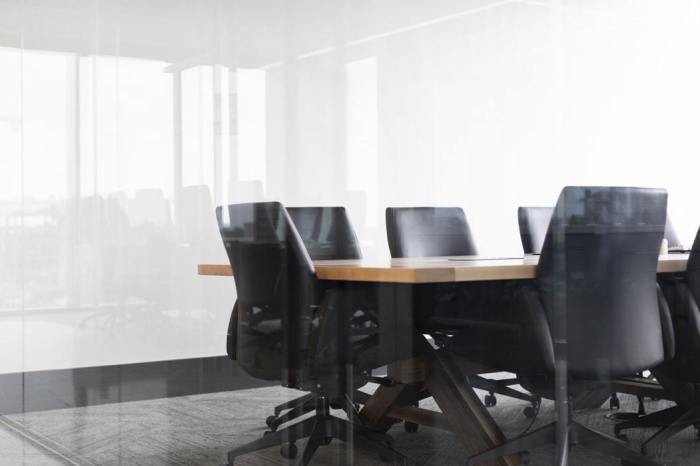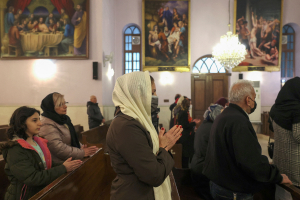How to lead a whiteboard session with your staff, church leaders

By now, you’ve heard the call to capture the opportunity of a blank slate. The current pandemic is prompting every church to reconsider approaches to ministry.
Practically, how do you start this process?
One consideration is a “whiteboard session.” The term refers to a meeting in which a group of people collaborates with an open mind. The whiteboard reference implies starting fresh with nothing on the board — a “blank slate” if you’re referencing a chalkboard. The two keys to a whiteboard session are collaboration and creativity. The group should work together on new ideas. Multiple people share ideas in a visual format.
Some whiteboard sessions have the purpose of closure. The meetings are short and precise, mainly for solving a specific problem. In these shorter meetings, decisions are finalized. Other whiteboard sessions have the purpose of exploration. The meetings are open and longer in duration, mainly for engendering creative ideas through collaboration. In these longer meetings, new ideas are discovered.
I’m referencing the longer, more exploratory whiteboard sessions in this post. How should you lead one?
Be visual. Write on the board. While people may take notes on their computers, at least one person needs to draw out and write the actual ideas on a whiteboard. This meeting should be free-flowing but focus on a specific question or problem. For example, you might ask, “If our church could be exactly who we need to be for the next five years, what would we look like and what would we do?”
Discuss. After writing or drawing the idea, have a discussion and refine everyone’s collective thoughts. In a whiteboard session, there are fewer filters than in a normal meeting. Allow people to think out loud and freely. Give people permission to bring up unique perspectives. Make everyone in the room contribute to each idea.
Refine. Start culling the best ideas and craft a broad solution or new path. Remind people in the room that the purpose of a whiteboard session is not to finalize specifics but to understand broad themes.
Limit. A longer whiteboard session should be done once or twice a year—quarterly at most. Holding them more often diminishes their power. Use existing standing meetings for implementing the ideas that surface through the whiteboard session.
Why are whiteboard sessions needed? Churches are notorious for getting stuck in old models and paradigms. Obviously, not everything needs to change. Some things stick around a long time because they work. The danger comes when churches assume the status quo is best. A whiteboard session helps keep leaders fresh.
Originally published at Church Answers
As President of Church Answers, Sam Rainer wears many hats. From podcast co-host to full-time Pastor at West Bradenton Baptist Church, Sam’s heart for ministry and revitalization are evident in all he does.




























